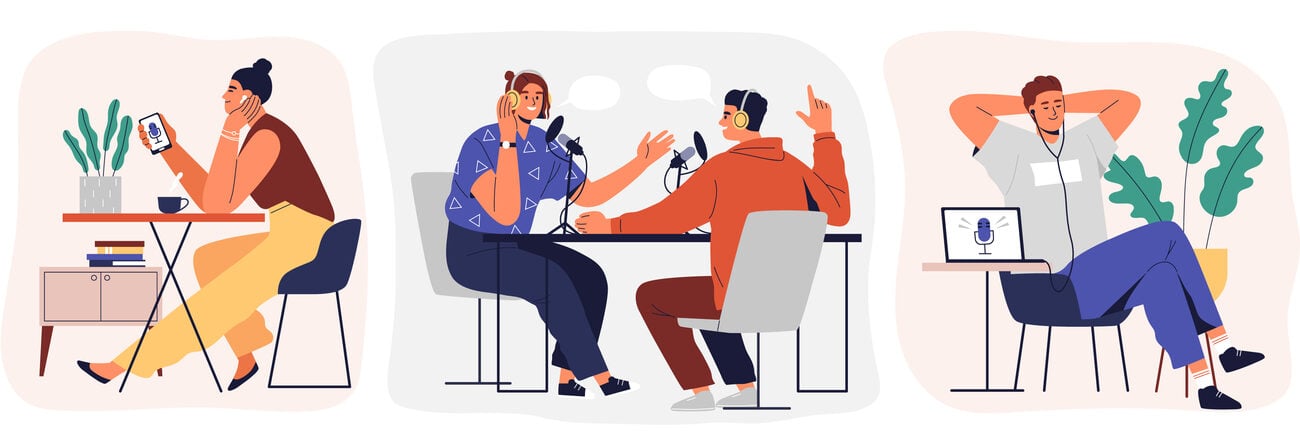The winter blues are more than just that. Seasonal depression is a very real phenomenon that thousands of American suffer from, according to a newly released study by CertaPet. If the seemingly endless gray days of looming rain or snow, bare trees, and short spurts of daylight are getting to your energy levels, ability to focus, or urge to just stay in bed, you’re not alone. Your serotonin levels might literally be decreased right now, causing you to feel extra cranky and withdrawn. And it doesn’t help that the post-holiday doldrums can make anyone feel especially susceptible as the festive lights come down, as well as the pressure of resolutions you honestly don’t really want to do.
So what steps can you take to cheer up this winter? The good news is, there are a few things you can do to try to inject some pep back in your step.
Reframe Your Surroundings
Maybe it’s your environment that’s making you feel a bit dreary and weary. The easiest first step toward feeling better you can do is making small changes to your space.
For instance, pull back those curtains in the morning and capture what natural sunlight you can! Go for an afternoon walk during your lunch break. Trim the trees and bushes that may be blocking windows, and set up your workspace near a window if you’re working from home. Have your morning cup of coffee or tea outside if the weather permits—professionals say that getting outside for even just a little while within two hours of wake-up in the morning can go a long way toward battling SAD.
We know it’s gray and gloomy out, making it hard to feel more colorful than the skies above, but these are at least actionable steps you can take immediately.
Supplement Your Diet
Eating for health has become a mantra as wellness has become a top priority—as it should be! Choosing to supplement your diet with the right mood-boosting vitamins, minerals, and specific food ingredients can help to pull you out of your SAD slump. It’s been proven that certain foods affect neurotransmitters in your brain, which impact mood. Seratonin is released from tryptophan, which is why it’s so pleasant to eat fruit, dairy, starches, and sugar. Dopamine and norepinephrine from protein help you feel more alert and focused, thanks to tyrosine.
Keep your carbs whole and high in fiber—including fruits, vegetables, and legumes in addition to potatoes with skin and the usual breads, cereals, and pastas—and pair it with lower fat proteins, which are less apt to make you feel sluggish than the higher fat varieties. The only exception is fish, for which you want to go fattier for the omega-3s and B12.
Nuts, dark chocolate, and fermented foods are also recommended, but the most important food you can add to your meal plan to decrease SAD symptoms are dark leafy greens. Spinach, collards, turnip greens, mustard greens, bok choy, and more.
Finally, don’t forget your vitamins. The letter you’re looking for is D, which you normally get from sunlight exposure. A supplemental pill isn’t nearly as nice as the real thing, but boosting your vitamin D intake to get back up to a normal level will help to tide you over until the sun comes out … tomorrow.

Light Up Your Life
Since SAD is directly related to the amount of light humans get every day, it makes sense that light therapy is often a go-to. What formal phototherapy is, is daily exposure to a special spectrum of light within the first waking hour of each day. This is then used to jump-start your brain to be in a positive mood.
Less clinical and more as-needed are tools like “happy lights.” Verilux is a big brand in this space, offering full-spectrum 10,000 lux lamps that mimic sunlight to enhance mood, energy, sleep, and focus. They’re not the only brand that’s out there these days, though, with others like Carex wowing the folks at Wirecutter. You don’t need to sit in front of one for long to feel its effects—30 minutes is the minimum experts recommend.
When looking for lights to mimic the sunshine you need to grow, look for UV-free LEDs and different Kelvin settings, which will allow you to choose temperature shades that work best for you and your time of day. However, before you start on this, get the weigh-in of a medical professional, as they are considered medical devices for those formally diagnosed with SAD.
Ask for Medical Help
SAD can feel the same way as clinical depression and other mental health conditions, and vary just as much from person to person. That’s why while light therapy, psychotherapy, and medication have been used for seasonal affective disorder, they should always be done under the guidance of a medical professional and only after in-depth evaluation. As mentioned, this is especially important for those considering light therapy, but obviously, also antidepressants, as both run the risk of triggering a manic episode in those with diagnosed or undiagnosed bipolar disorder. Medications, while they can be very effective for those with severe SAD and help prevent depressive episodes, are a longer commitment as it can take some time to “matchmake” between you and the right Rx, and for the benefits to kick in.
Talk therapy, on the other hand, is a safe solution that will help you grow out of your SADness in many ways. Also known as cognitive behavioral therapy, a mental health professional can work with you on coping mechanisms, identifying and changing negative thoughts and behaviors that might exacerbate your winter blues, and making lifestyle adjustments, such as increasing physical activity or improving sleep—both of which can help to perk you back up.
Take a Trip!
This is perhaps the most obvious solution! And the number one most fun, enriching answer.
Booking a trip for somewhere sunnier has an immediate effect on your happiness as it gives you something to look forward to, and a later positive effect as you soak up the rays and vitamin D your body is so desperately craving. Plus, taking time off work or getting away is also a powerful stress reliever, which can help to reset your body.
Destinations like Mexico, Hawaii, and the Caribbean are sunny and warm year-round, making any time a great time to visit. Indoor-outdoor living and lounging spaces; pools, beaches, and cabanas; jungle trails and excursions all work toward bringing back those summertime vibes under the brightest star in our galaxy, helping you get back to yourself quickly.
All-inclusive resorts, plenty of which you’ll find at great value in Mexico and Dominican Republic, take even more worry out of you as nearly every luxury is already covered. Many of the resorts in those countries, as well as across the Caribbean, are big on nature and wellness, which means healthier eating, accessibility to soothing spa treatments in dreamy environments, and plenty of activities that are set to boost your happy hormone levels.







